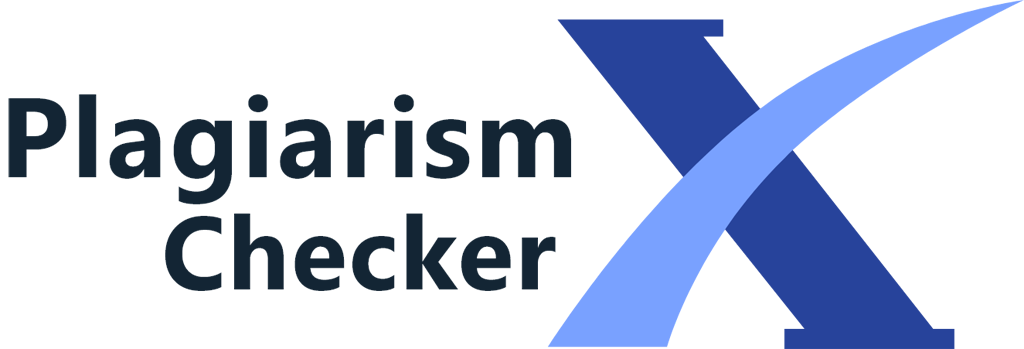EVALUATION OF PUBLIC TRANSPORTATION SERVICES CORRIDOR 2 CITY OF SEMARANG (BANYUMANIK - JALAN PEMUDA)
Abstract
One type of public transportation designed to meet the mobility needs of the people of Semarang City is the Trans Semarang Bus. The level of service provided by the Trans Semarang Bus to customers and the level of service provided on weekends and weekdays will be the focus of this research. This research method employs a quantitative descriptive approach. The method of data collection is carried out by using a questionnaire. Stages of using quantitative analysis techniques to analyze data. Consumers who use the Trans Semarang Bus have a negative response (are not satisfied), according to the results of the Service Satisfaction Index (IKP). The majority of respondents gave a negative score (dissatisfied) to the difference in scores between performance and expectations, which shows this. The x2 count is obtained from the x2 table, from the chi-square analysis results. The value of 3.841 is the result of x2 d.b=1 when the x2 table used is α = 5%. Therefore, x2 count (2.007) table x2 (3.841), shows that Ho is accepted and Ha is rejected, indicating that the Trans Semarang Bus service on weekends and weekdays is the same.
References
2. Arikunto, S. 2013. Prosedur Penelitian : Suatu Pendekatan Praktik. Rinekai Cipta. Jakarta.
3. Darwis. Fatmawati. Nasrulhaq. 2017. Hubungan Kualitas Pelayanan Dengan Kepuasan Masyarakat Pengguna Bus Rapid Transit (BRT) Mamminasata.
4. Daryanto, Setyobudi. 2014. Konsumen dan pelayanan prima. Gava Media. Yogyakarta.
5. Febriarini, Anggita Safitri. Astuti, Erna Zuni. 2019. Penerapan Algoritma C4.5 Untuk Prediksi Kepuasan Penumpang Bus Rapid Transit.
6. Hayat. 2017. Manajemen Pelayanan Publik. PT Raja Grafindo Persada. Depok.
7. Institute for Transportation and Development Policy (ITDP). 2016. The BRT Standard 2016 : The BRT Standart Version GOLD. http://www.itdp.org/?/microsites/brt-standard/ (diakses November 2022).
8. Iskandar, Agus. 2014. Analisis Kebijakan Dinas Perhubungan Kota Bandar Lampung Dalam Mengatasi Kemacetan Lalu Lintas Melalui Operasionalisasi Bus Rapid Transit.
9. Iskandar, Arifuddin. 2020. Analisis Manajemen Kinerja Bus Rapid Transit (BRT) Trans Mamminasata Kota Makassar.
10. Mukarom. Zaenal. dan Muhibudin Wijaya, Laksana. 2016. Membangun Kinerja Pelayanan Publik Menuju Clean Government and Good Governance. Pustaka Setia. Bandung.
11. Priyanto, Dias Fajar. 2018. Analisis Respon Masyarakat Terhadap Kebijakan Aglomerasi Transportasi Massal Bus Rapid Transit (BRT) di Kabupaten Semarang.
12. Rahayu, S. Dewi, U. Ahdiyana, M. 2013. Pelayanan Publik Bidang Transportasi Bagi Difabel Di Daerah Istimewa Yogyakarta.
13. Rahma dkk. 2015. Penyediaan Transportasi Umum Masa Depan di Kota Semarang.
14. Salasa, W. Wakhidho, H. Setiadji, B. 2015. Evaluasi Sistem Pelayanan Transit Antar Koridor Bus Rapid Transit (BRT) Trans Semarang.
15. Saraswati, Zenia. Sefianiz, Dabi. 2020. Analisis Biaya Operasional Kendaraan (BOK) Bus Rapid Transit (Studi Kasus Trayek Rajabasa-Pajang).
16. Sugiyono. 2017. Metode Penelitian Kuantitatif, Kualitatif, dan R&D. Alfabeta, CV. Bandung.
17. The World Bank. 2013. Transforming Cities with Transit. Washington DC.
18. Yuniati, Yetti. Ulvan, Melvi. iAzzahra, Mardiyah. 2017. Implementasi Modul Global Positioning System (GPS) Pada Sistem Tracking Bus Rapid Transit (BRT) Lampung Menuju Smart Transportasion.
Copyright (c) 2023 Jurnal Civil Engineering Study

This work is licensed under a Creative Commons Attribution-ShareAlike 4.0 International License.

Jurnal Civil Engineering Study is licensed under a Creative Commons Attribution-ShareAlike 4.0 International License.


















